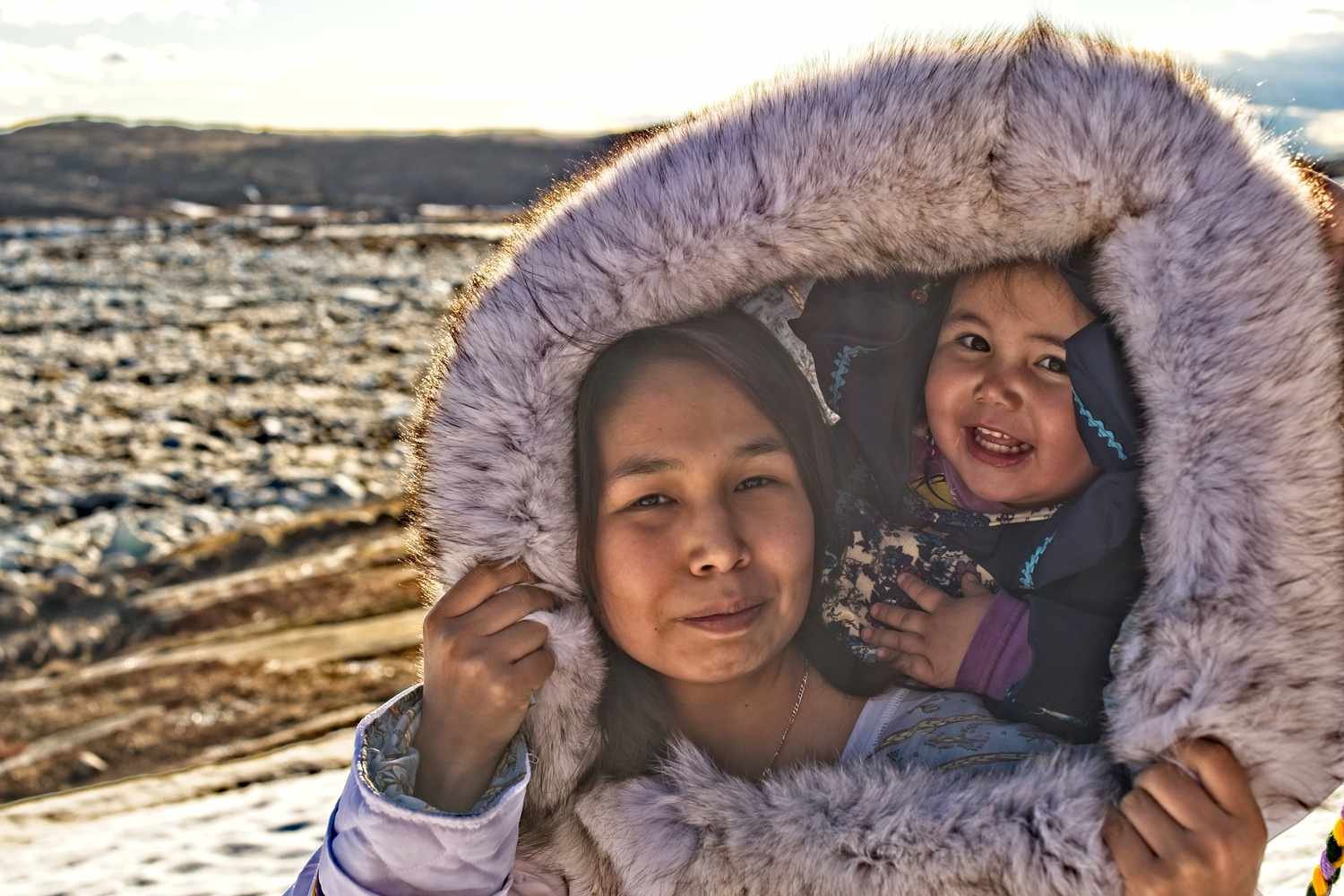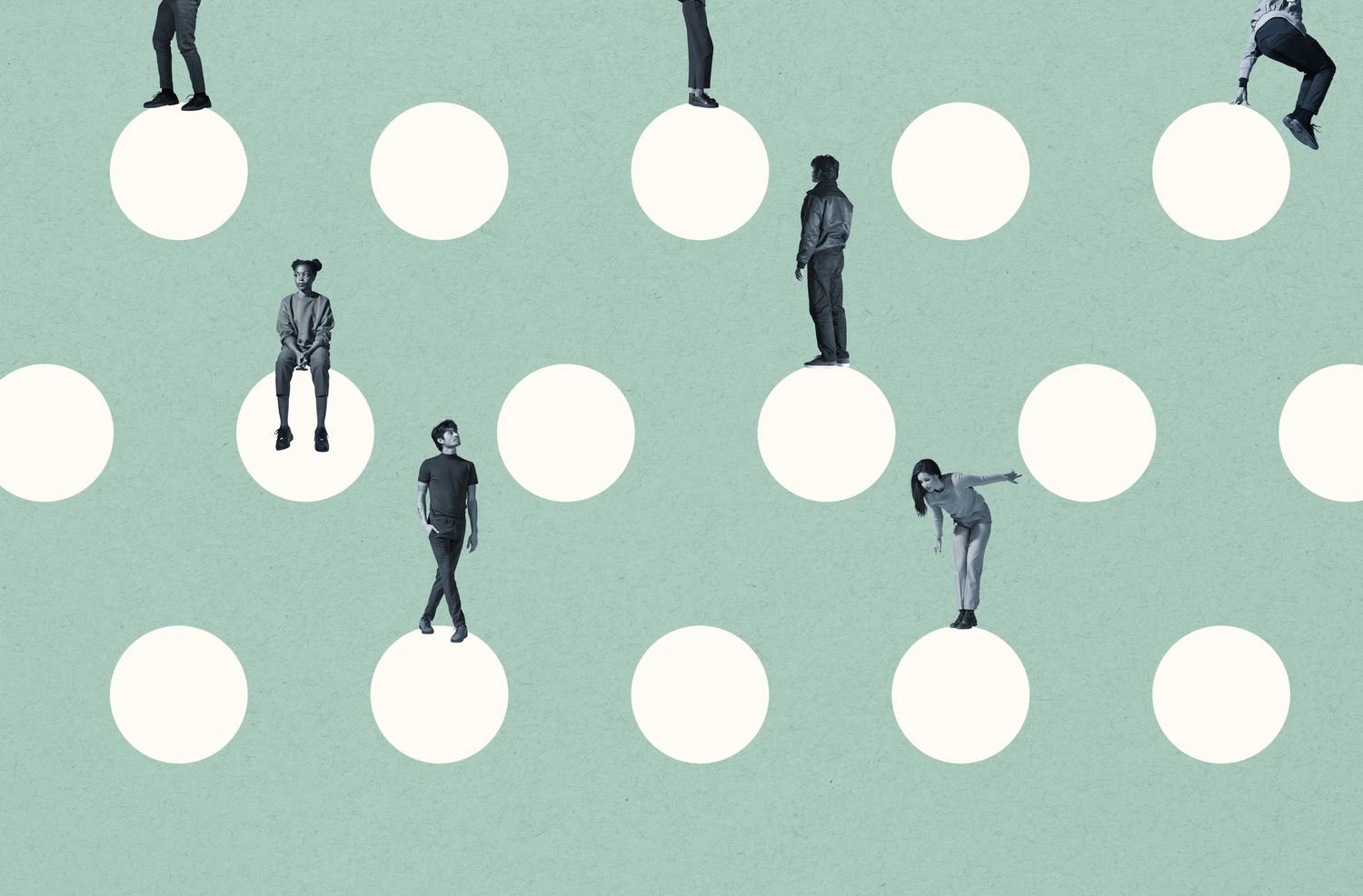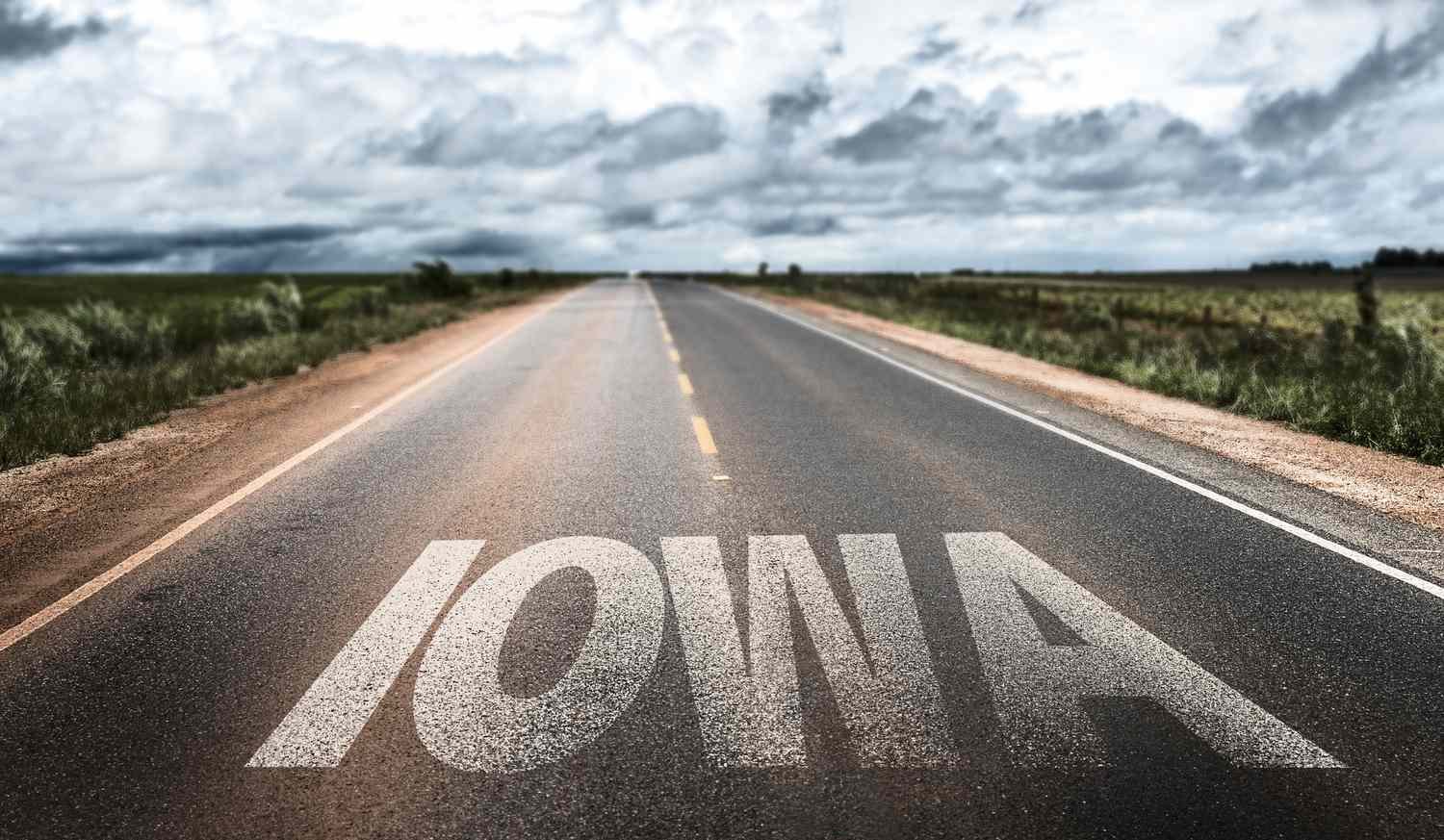Canada’s National Day for Truth and Reconciliation

:max_bytes(150000):strip_icc():format(jpeg)/GettyImages-639495788-367606e077e94fa6aa1a77f34cae72d3.jpg)
The National Day for Truth and Reconciliation is a Canadian day of remembrance observed annually on September 30 to reflect on the tragic history and ongoing legacy of the Indian residential school system of mandatory boarding schools for Indigenous Peoples.
To be observed for the first time on September 30, 2021, the holiday was originally proposed in 2015 by the Truth and Reconciliation Commission of Canada, which called upon the federal government, in collaboration with Indigenous Peoples, to create an opportunity for Canadians to learn about and reflect on this policy and to honor Survivors of residential schools, their families, and communities.
Hope for Wellness Hotline
Offered by the Canadian government, The Hope for Wellness Hotline is a counseling and crisis intervention hotline offering immediate help to all Indigenous Peoples across Canada.
The Hope for Wellness Hotline is available 24 hours a day, 7 days a week by calling toll-free 1-855-242-3310 or connecting to the online chat at hopeforwellness.ca. Languages available include Cree, Ojibway, and Inuktitut, in addition to English and French.
Residential Schools in Canada
Operated from the 1870s to the mid-1990s, the Indian residential school system was a network of mandatory boarding schools for Indigenous Peoples funded by the Canadian government’s Department of Indian Affairs and administered by Christian churches. The school system was designed to isolate Indigenous children from the influence of their own native cultures, languages, and religions and “assimilate” them into the dominant, Christian Canadian culture. During the system’s 100-year-long existence, an estimated 150,000 First Nations, Métis, and Inuit children were removed from their homes and held in residential schools across Canada.
Origins
The concept of the Canadian residential schools evolved from the implementation of the mission system in the 1600s. European resettlers assumed that their civilization and religion represented the peak of human achievement. They mistook the vast cultural and social differences between themselves and the Indigenous Peoples as “proof” that the first inhabitants of Canada were childlike “savages” desperately in need of being “civilized” in their own image. Forced education became the primary means to this end.
An old abandoned residential school in rural Saskatchewan, Canada.
iStock / Getty Images Plus
In the late 1870s, the first Canadian Prime Minister, Sir John A. Macdonald, commissioned journalist lawyer, and Member of the Canadian Parliament, Nicholas Flood Davin to study the American system of boarding schools for Indigenous children. Now considered one of the architects of the Canadian Indian residential school system, Davin’s 1879 report, recommended that Canada follow the U.S. example of “aggressive civilization” of the Indigenous children. “If anything is to be done with the Indian, we must catch him very young. The children must be kept constantly within the circle of civilized conditions,” he wrote.
Based on Davin’s report, the government began building residential schools across Canada. Authorities preferred to take Indigenous children to schools as far from their home communities as possible to most completely alienate them from their families and familiar surroundings. In an effort to combat low attendance and frequent runaways, the Indian Act of 1920 made it mandatory for every Indigenous child to attend a residential school and illegal for them to attend any other school.
Ongoing Legacy
As now acknowledged by the Canadian government, the residential school system inflicted significant harm on the Indigenous children by separating them from their families, dispossessing them of their ancestral languages and customs, and exposing many of them to physical and sexual abuse.
Students often suffered from malnutrition and extreme forms of physical punishment not allowed in the traditional Canadian school system. Corporal punishment was justified as a way of discouraging runaways. Due to poor sanitation and lack of medical care, high rates of influenza and tuberculosis were common. Due to incomplete and destroyed records, the exact number of school-related deaths is unknown, however, estimates range from 3,200 to over 30,000.
Forced to accept enfranchisement as “assimilated” Canadian citizens, students surrendered their legal identity as Indians and were forced to speak only English or French. Stripped of their ancestral Indigenous legacies, many students who had attended the residential school system were unable to fit back into their communities while continuing to be subjected to racism and discrimination in mainstream Canadian society.
Indigenous communities have resisted this suppression of their culture. That included (and still includes today) ongoing efforts to celebrate their traditional cultures and work to pass them on from generation to generation. However, social scientists have identified profoundly negative effects “at every level of experience from individual identity and mental health, to the structure and integrity of families, communities, bands and nations.” Despite apologies from the government and churches involved the effects of the residential schools linger. Today, the system is considered to have contributed to an increased prevalence of post-traumatic stress disorder, survivor’s guilt, alcoholism, substance abuse, and suicide within Indigenous communities.
Throughout the 20th century, details of gross human rights abuses in the residential schools were published by government officials and in the proceedings of civil lawsuits filed by Survivors and their families. As early as 1967, the atrocities and impact of the residential schools were highlighted in popular culture with the publication of “The Lonely Death of Chanie Wenjack” by Ian Adams. The article, published just one year after his death, tells the true story of Chanie Wenjack, a 12 year old Ojibwe boy who died trying to walk over 350 miles home after escaping the residential school where he was held. In October 1990, Phil Fontaine, then Grand Chief of the Assembly of Manitoba Chiefs, publicly discussed the abuse he and other students had suffered while attending the Fort Alexander Indian Residential School.
From the 1990s onward, the government and the churches involved—Anglican, Presbyterian, United, and Roman Catholic—began to acknowledge their responsibility for an educational system that was specifically designed to “kill the Indian in the child.”
Truth and Reconciliation Commission
On June 11, 2008, the Canadian Parliament issued a formal apology for the damage done by the residential school system. In addition, the Truth and Reconciliation Commission (TRC) was established to uncover the truth about the schools. The TRC was formed as one of the mandatory elements of the Indian Residential Schools Settlement Agreement, made between the Canadian government and approximately 80,000 Indigenous peoples in Canada who are Survivors of the residential school system. Initially, the TRC was chaired by Justice Harry S. Laforme of the Ontario Court of Appeal, a member of the Mississaugas people, with Claudette Dumont-Smith and Jane Brewin Morley as the other two commissioners.
Laforme resigned only months later, saying that the other two commissioners had different goals and were insubordinate in refusing to allow Laforme — the chair — to ultimately direct the commission. Dumont-Smith and Morley eventually resigned as well. The new commission was chaired by Murray Sinclair, a lawyer and member of the Ojibway people, with Wilton Littlechild (a Cree chief and lawyer) and Marie Wilson as the other commissioners.
The TRC considered statements from some 7,000 residential school Survivors in public and private meetings at various local, regional, and national events across Canada. Between 2008 and 2013, seven national events commemorated the experiences of residential school Survivors. In 2015, the TRC issued a multi-volume report concluding that the residential school system amounted to cultural genocide because of the purposeful attempt by the government and church to eradicate all aspects of Indigenous cultures and lifestyles. The report includes volumes about the Inuit and Métis experiences of the residential schools.
The TRC further found that it could be impossible to accurately identify the number of student deaths at the residential schools, in part because of the practice of burying Indigenous children in unmarked graves and poor record-keeping by school and government officials. While most of the schools had cemeteries with marked graves, they were found to have been later razed, intentionally hidden, or built over. In 2021, archeologists using ground-penetrating radar discovered over 1,000 unmarked graves on the grounds of former residential schools.
Upon its closing, the TRC issued 94 Calls to Action intended to “redress the legacy of residential schools and advance the process of Canadian reconciliation.” The proposed actions call on all levels of the Canadian government to work together to repair the harm caused by residential schools and begin the process of reconciliation. The calls to action are divided into the following categories: Child welfare, Education, Language and Culture, Health, and Justice.
The TRC also recommended significant changes in how the Canadian media covered issues involving Indigenous Peoples, finding that “Media coverage of (Indigenous Peoples) issues remains problematic; social media and online commentary are often inflammatory and racist in nature.” The Commission found little change in Canadian media coverage in the two decades since the tragic truths of the residential schools system became known, concluding that “this historical pattern persists.”
One of the TRC’s 94 Calls to Action contends that the “role and responsibility” of the media in the reconciliation process demands that journalists become well-informed about the history of Canada’s Indigenous Peoples. It further calls for journalism programs in Canadian schools to include education on the history of Indigenous Peoples, including the legacy and “ethical dimensions” of the residential schools.
In 2006, the Indian Residential Schools Settlement Agreement (IRSSA), an agreement between the Canadian government and approximately 86,000 Indigenous Peoples who had been enrolled as children in the residential school system, established a C$1.9-billion ($1.5 billion U.S. dollar) compensation package for all former residential school students. At the time, the agreement was the largest class-action lawsuit settlement in Canadian history.
About both the TRC and IRSSA, some Survivors have spoken positively of the processes as enabling them to break the cycle of silence that has surrounded their experience of abuse. The TRC report and the attention it received in the media and academic articles were seen by many Survivors as the beginning of a new chapter in their lives and the relationship between Canada and Indigenous Peoples.
However, others found parts of the process, particularly the interviews for the settlement agreement, to be deeply painful. In order to receive compensation for certain abuses, Survivors were required to recount the abuse in detail; despite their testimony, many were still denied compensation afterward, which led to further trauma. Some lawyers also exploited and profited off of the Survivors they represented in the lawsuit. As a result, some in the Survivor community question the efficacy of the TRC and IRSSA. The TRC’s 2020 “Lessons Learned” report notes this and other gaps in continuing to effectively meet the needs of and advocate for Survivors.
National Day For Truth and Reconciliation
In August 2018, after considering three possible dates, the government announced that Orange Shirt Day—September 30—had been selected as the date for the National Day for Truth and Reconciliation. Since 2013, many Canadian communities have set aside September 30 to observe Orange Shirt Day in recognition of the colonial legacy of residential schools and the government’s commitment to the ongoing reconciliation process. Orange Shirt Day honors residential school survivor Phyllis Webstad, who, in 1973, at age six was stripped of her shiny new orange shirt on her first day of attendance at the St. Joseph Mission Residential School near Williams Lake, British Columbia.
Display outside of a church on the Stoney Indian Reserve that mourns the loss of children in residential schools.
iStock Editorial / Getty Images Plus
On March 21, 2019, the Canadian Parliament’s House of Commons passed a bill calling for Orange Shirt Day to be made a legal holiday. However, the next general election was held before the bill could pass the Senate and become law. Following the election, the bill was reintroduced. Following the May 24, 2021 discovery of the remains of 215 children on the grounds of the former Kamloops Indian Residential School, Parliament unanimously agreed to pass the bill, which received royal assent on June 3, 2021. Historically, early fall was the time of year when Indigenous children were removed from their families and forced to attend residential schools.
While details on the observance of the National Day for Truth and Reconciliation vary, the provincial government of Saskatchewan announced it would unveil a permanent, public monument at Government House in Regina, honoring those who suffered and continue to experience the effects of residential schools. According to a statement from the Ministry of Labour and Workplace Safety, “This monument is one step toward addressing the Calls to Action from the Truth and Reconciliation Commission; one of which was to request provincial governments create a publicly accessible and highly visible residential schools monument in each capital city across Canada.”
Pope Francis Delivers Apology
On July 25, 2022, Pope Francis visited Canada to issue a historic apology for the Catholic Church’s participation in what he called the Canadian government’s “catastrophic” system of Indigenous residential schools.
Pope Francis wears a traditional headdress that was gifted to him by indigenous leaders during his visit on July 25, 2022, in Maskwacis, Canada.
Cole Burston / Getty Images
Saying the attempt to force the assimilation of Native peoples into Christian society destroyed their cultures, severed families, and marginalized generations, Francis began his weeklong “penitential pilgrimage” to Canada by speaking to school survivors and Indigenous community members gathered at a former residential school south of Edmonton, Alberta.
“I am deeply sorry,” Francis said, calling the school policy a “disastrous error” that was incompatible with the Gospel and in need of further investigation and healing. Francis then traveled to the lands of four Cree nations to pray at a cemetery and then deliver the long-sought apology at nearby powow ceremonial grounds. Leaders of the First Nations, Metis, and Inuit peoples escorted the Pope to the site near the former Ermineskin Indian Residential School in Maskwacis, in central Alberta, where he was presented with a feathered headdress, making him an honorary community leader. The Canadian government was represented by Prime Minister Justin Trudeau and Mary Simon, Canada’s first Indigenous governor-general.
“I humbly beg forgiveness for the evil committed by so many Christians against the Indigenous peoples,” Francis said.
“I am here because the first step … among you is that of again asking forgiveness, of telling you once more that I am deeply sorry,” Francis continued. “Sorry for the ways in which, regrettably, many Christians supported the colonizing mentality of the powers that oppressed the Indigenous peoples. An important part of this process will be to conduct a serious investigation into the facts of what took place in the past and to assist the survivors of the residential schools to experience healing from the traumas they suffered.”
Calling the Pope’s apology “a significant first step towards reconciliation,” Congress of Aboriginal Peoples National Chief Elmer St. Pierre said in a statement, “After failed attempts and a lack of will, it’s time the Catholic Church make the investments needed to help ensure individuals and communities can heal.”
The pope’s apology on Monday is “a significant first step towards reconciliation and acknowledging the intergenerational trauma” the schools caused, said Congress of Aboriginal Peoples National Chief Elmer St. Pierre in a statement.
“After failed attempts and a lack of will, it’s time the Catholic Church make the investments needed to help ensure individuals and communities can heal,” St. Pierre said.
Carol McBride, president of the Native Women’s Association of Canada, said she welcomed the pope’s apology, but acknowledged having “a lot of mixed emotions at this point, where some people are happy with the visit and the intent and others don’t want to hear about it at all.”
Sources
- Bamford, Allison. “There’s a new federal holiday in September. What does it mean for you?” Global News, August 18, 2021, https://globalnews.ca/news/8120451/national-day-truth-and-reconciliation-saskatchewan/.
- Mosby, Ian & Millions, Erin. “Canada’s Residential Schools Were a Horror.” Scientific American, August 1, 2021, https://www.scientificamerican.com/article/canadas-residential-schools-were-a-horror/.
- Wilk, Piotr. “Residential schools and the effects on Indigenous health and well-being in Canada—a scoping review.” Public Health Reviews, March 2, 2017, https://publichealthreviews.biomedcentral.com/articles/10.1186/s40985-017-0055-6.
- “Truth and Reconciliation Commission Reports.” McGill-Queen’s University Press, https://nctr.ca/records/reports/#trc-reports.
- Kirmayer, Laurence. “Healing Traditions: Culture, Community and Mental Health Promotion with Canadian Aboriginal Peoples.” Australasian Psychiatry, October 1, 2003.
- Pugliese, Karyn. “Lessons Learned: Survivor Perspective.” National Centre for Truth and Reconciliation, 2020, https://ehprnh2mwo3.exactdn.com/wp-content/uploads/2021/01/Lessons_learned_report_final_2020.pdf.
- Adams, Ian. “The lonely death of Chanie Wenjack.” Maclean’s, February 1, 1967,



